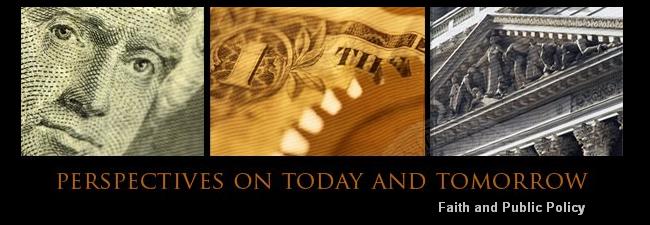“Human beings are as good at devising ex post facto explanations for big disasters as they are bad at anticipating those disasters. It is indeed impressive how rapidly the economists who failed to predict this crisis — or predicted the wrong crisis (a dollar crash) — have been able to produce such a satisfying story about its origins. Yes, it was all the fault of deregulation.
There are just three problems with this story. First, deregulation began quite a while ago (the Depository Institutions Deregulation and Monetary Control Act was passed in 1980). If deregulation is to blame for the recession that began in December 2007, presumably it should also get some of the credit for the intervening growth. Second, the much greater financial regulation of the 1970s failed to prevent the United States from suffering not only double-digit inflation in that decade but also a recession (between 1973 and 1975) every bit as severe and protracted as the one we’re in now. Third, the continental Europeans — who supposedly have much better-regulated financial sectors than the United States — have even worse problems in their banking sector than we do. …
…
The biggest blunder of [the financial crisis] had nothing to do with deregulation. For some reason, the Federal Reserve convinced itself that it could focus exclusively on the prices of consumer goods instead of taking asset prices into account when setting monetary policy. In July 2004, the federal funds rate was just 1.25 percent, at a time when urban property prices were rising at an annual rate of 17 percent. Negative real interest rates at this time were arguably the single most important cause of the property bubble.
All of these were sins of commission, not omission, by Washington, and some at least were not unrelated to the very considerable political contributions and lobbying expenditures of the financial sector. Taxpayers, therefore, should beware. It is more than a little convenient for America’s political class to blame deregulation for this financial crisis and the resulting excesses of the free market. Not only does that neatly pass the buck, but it also creates a justification for . . . more regulation. The old Latin question is highly apposite here: Quis custodiet ipsos custodes? — Who regulates the regulators? Until that question is answered, calls for more regulation are symptoms of the very disease they purport to cure.”
Niall Ferguson, “Diminished Returns”, The New York Times (15 May 2009).
http://www.nytimes.com/2009/05/17/magazine/17wwln-lede-t.html?_r=2&scp=1&sq=niall&st=cse
Niall Ferguson is a professor at Harvard University and the Harvard Business School and the author most recently of “The Ascent of Money: A Financial History of the World.”
With regard to financial institutions, there are basically two kinds of regulation: safety-and-soundness regulation and compliance regulation. Safety-and-soundness regulation focuses on protecting “fixed amount creditors” such as depositors at a bank or S&L or holders of CDs from losses and on ensuring the stability of the financial system. Investors in stock and bond funds are not fixed amount creditors, and their investments are not protected but allowed to fluctuate in value as financial markets determine. Compliance regulation focuses on protecting individuals from “unfair” dealings by financial institutions and criminal acts such as “money laundering”. Calls for greater regulation stress the need to strengthen safety-and-soundness regulation.
A large number of agencies are engaged in regulatory efforts directed at financial institutions, including the Federal Reserve, the FDIC, the Comptroller of the Currency, the Office of Thrift Supervision, the National Credit Union Administration, as well as others. In the case of stocks and bonds, the Securities and Exchange Commission regulates stockbrokers and their firms. The IRS is also involved in scrutinizing the activities of these and other firms, and of course equivalent agencies at the state level are also engaged in regulation activities.
Safety-and-soundness regulation looks at the overall solvency of a financial institution (i.e., that the value of its assets exceeds its liabilities)and its liquidity (that it can meet payment requests). It concerns itself with the question of whether the institution maintains a positive capital position, so that its assets exceed its liabilities by more than some stated proportion of its assets. Regulators are also concerned with such questions as asset diversity to guard against riskiness. As a general rule, financial regulators do not concern themselves with whether a particular transaction was wise or not, a question beyond their ability to determine. If the main problem before the banks is sour loans made by their own financial officers, it is not clear how greater regulation can help avoid another financial crisis.
It is true that financial regulation failed and failed badly in recent years. But the causes of the financial crisis go far beyond poor financial regulation, and as Ferguson points out the deregulation of recent decades does not seem to be strongly associated with the systemic financial failure we have suffered this past year. It is also difficult to see how greater financial regulation, especially by government agencies that have shown themselves to have failed in the past and subject to constant manipulation by special interests, can be relied upon to avoid financial crises in the future.
Perhaps it would be wiser to privatize financial institution regulation. After all, it’s difficult to see how private regulators could have done worse than the government regulators.
A Tdj by Doug Walker.



No comments:
Post a Comment